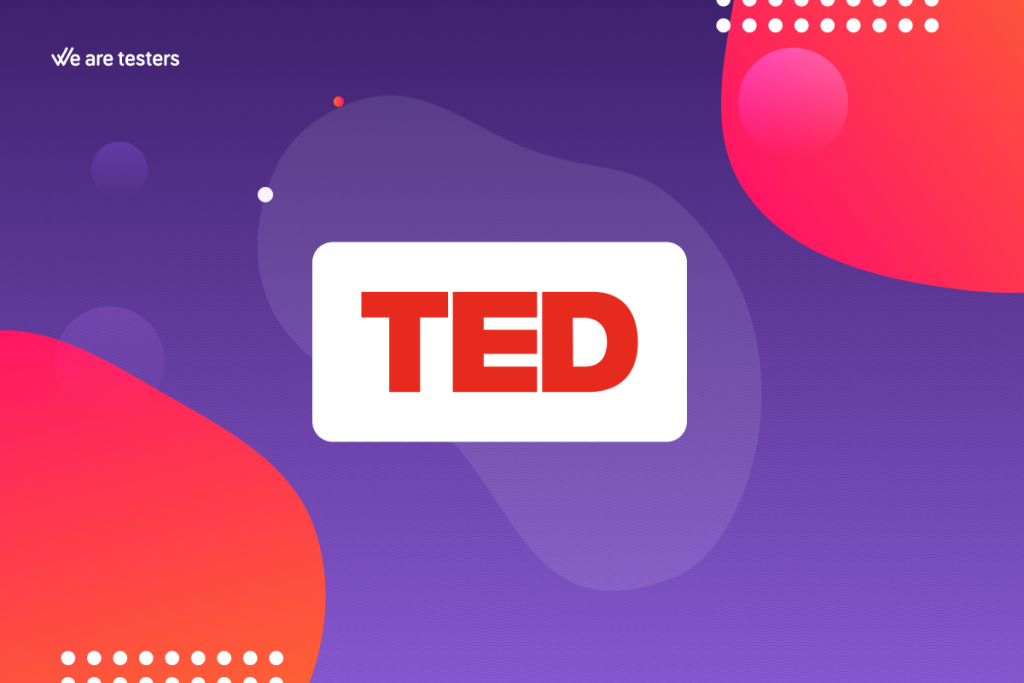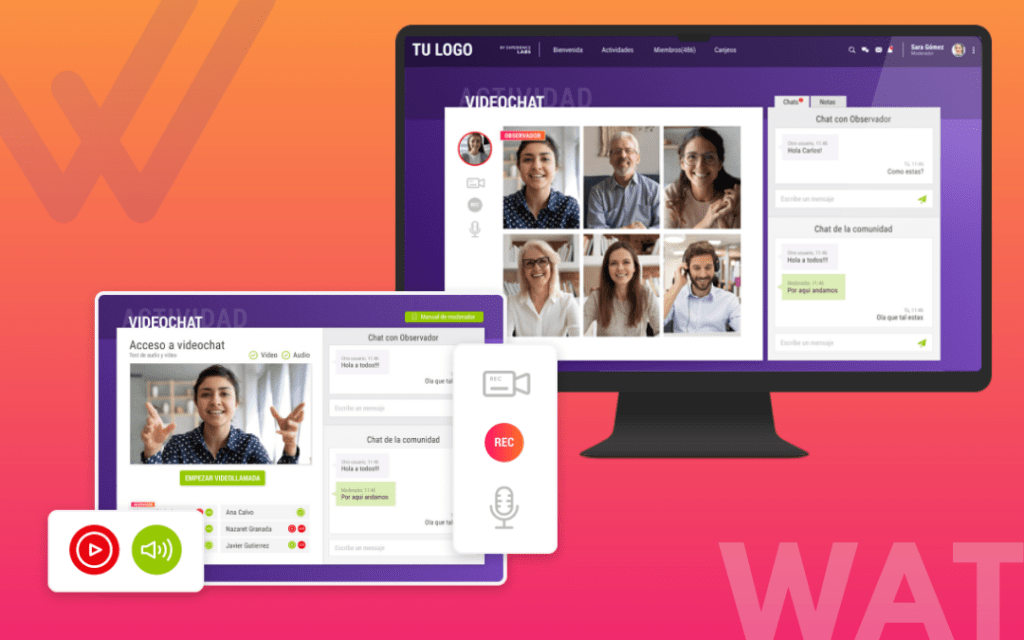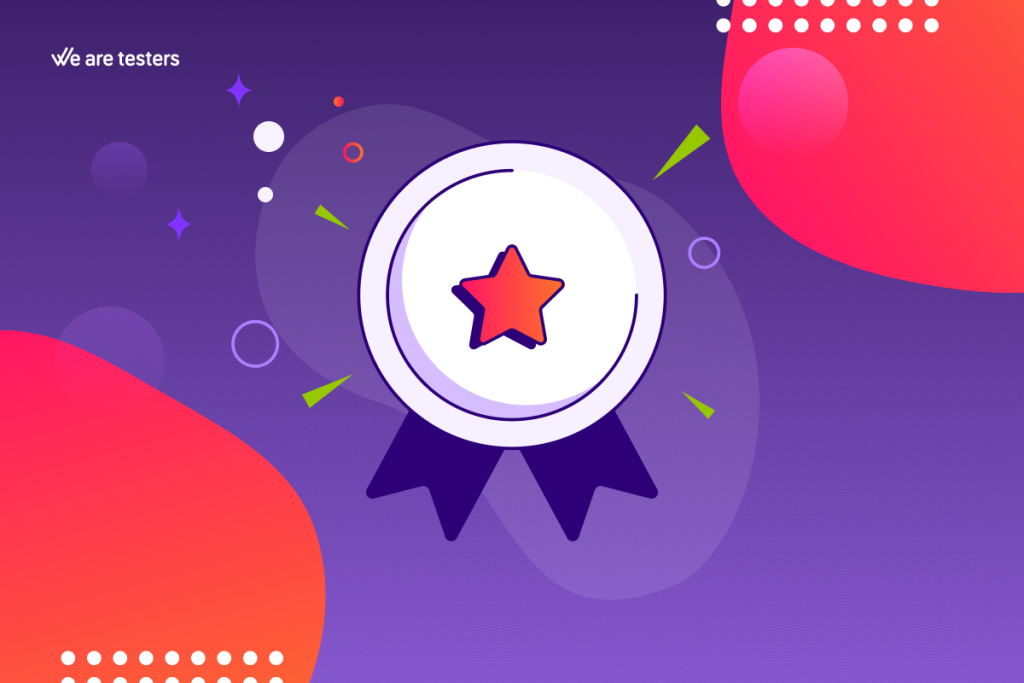
August 2020. Conversation between a WAT technician and a client after a qualitative research conducted through several online focus groups: «I really like being able to connect with consumers through online focus groups: seeing their reactions, delving into their opinions, knowing what they think about anything I ask, I like that ‘one-on-one’… but, to be honest, reviewing all the videos and doing manual transcription before analysis, ugh, it’s very tedious. Isn’t there a way to streamline this process?»
Smiles.
August 2020. A few minutes later. Conversation between that same WAT technician and the rest of the sales, product, and development team: «Team, let me tell you… I had a very interesting conversation that sparked several ideas that I think we could incorporate now that we’re reviewing our priorities… How about we explore how to incorporate a functionality that helps qualitative technicians streamline their analysis work after a Focus?»
Smiles again.
And that’s how the machinery at WAT got rolling to implement video transcription and natural language analysis methodologies into our qualitative tools WAT Focus and WAT Lab. This is another example of how to put technology at the service of market research as a way to streamline and facilitate the work of researchers and moderators (which will surely make the routines of many of them happier. To the one who sparked the idea in late August… we owe you one!).
At We are testers, we firmly believe that the knowledge and contributions of a qualitative research technician are essential in this type of analysis and methodology. To date, there is no technology with real capability to replace these technicians, so in this specific case, our job was to integrate and develop features that help them optimize their work, saving time, costs, and improving the entire process, both in terms of analysis and profitability.
Concept Testing
Therefore, the IT and product team began to delve into different text and sentiment analysis techniques, measures such as term frequency-inverse document frequency (Tf-idf), and launched various Concept Tests with several APIs that could achieve this goal. An exhaustive comparative analysis of functionality, transcription reliability, ease of use, or behavior in different scenarios was conducted: multiple participants talking at the same time, background noise… After the concept tests, some of these tools were discarded because they did not offer the quality we want for our product. We continued working on two of them, which we believe are the best option for the product we want to incorporate into our qualitative research tools.
The main advantages that this video transcription technology brings to researchers include:
- Time savings. Listening to a recording again, pausing it, manually transcribing it, and continuing this process with each of the research videos will no longer be necessary, and that time can be used for the actual analysis.
- Streamlining the search for keywords and topics. Thanks to transcriptions in text format, we can search for key moments in the session or specific words in just a few seconds.
- Finding and extracting video clips for the report. In addition, when using verbatims to include in a report or share results with colleagues or other departments, this tool allows you to link directly to the exact moment of the video you want to include in your report, in a much faster and more agile way.
We will soon be able to provide more information on the implementation of video transcriptions after an online session we are working on, and we wanted to share our experience and learning about these trends in qualitative analysis.
Shall we talk? If you want more information about our qualitative research techniques and this new functionality that we will be implementing soon, do not hesitate to contact us at info@wearetesters.com, through our contact form, or LinkedIn page.
Update date 22 December, 2023


